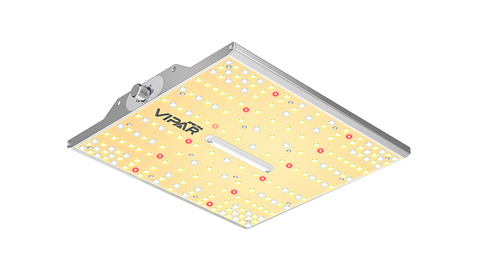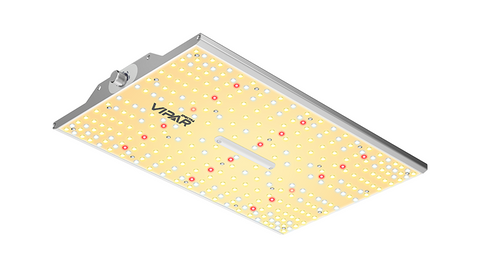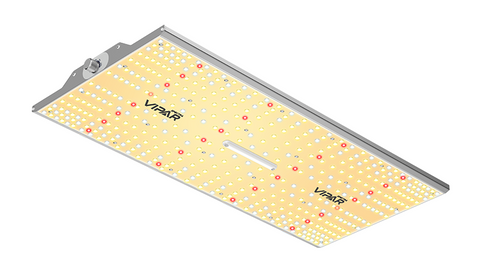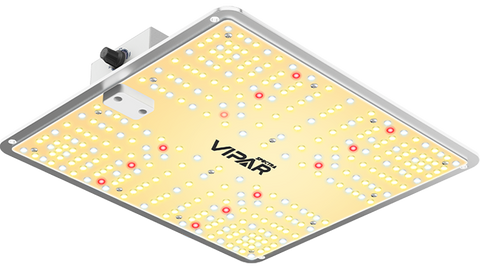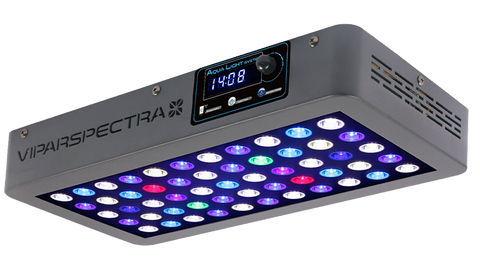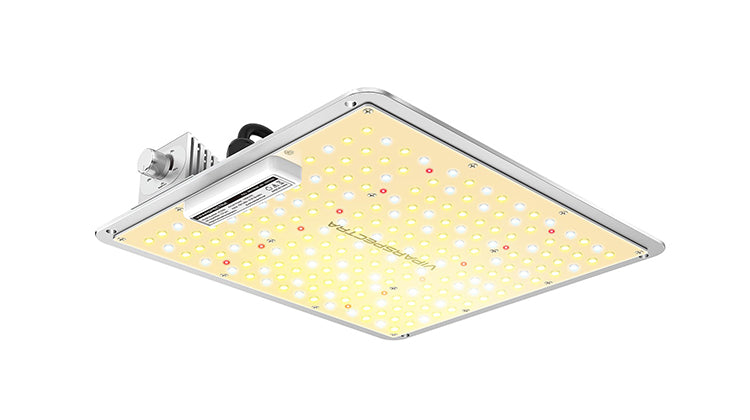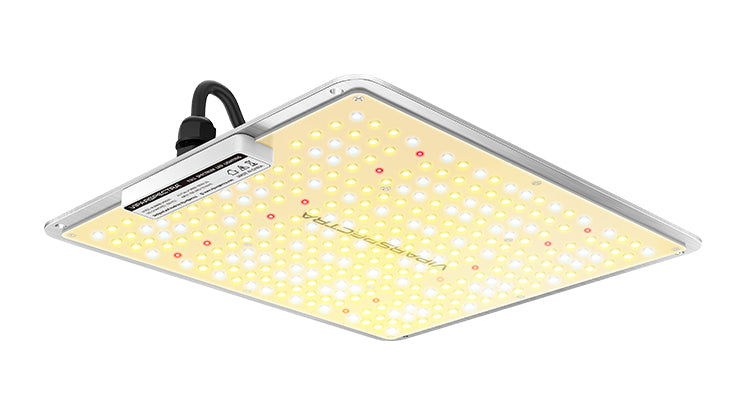Environmental factors like temperature, light, water, nutrients, and soil affect plant growth from their germination to blooming. It is essential to understand what factors and how they affect plant growth and development. Here we are mainly talking about the top 5 factors that have significant influences on plant growth. Let us have a brief look at them.
Temperature
Plants can survive or grow only in a specific temperature range. Since enzymes involved in metabolic activities have different performances at different temperatures, the temperature on plant growth also has three essential points: the lowest, the most suitable, and the highest temperature. The three critical points in temperature for the development of different plants are different.
For some particular plants, their seeds can germinate when the soil temperature is above 1℃. But if you want to keep seedlings emerging neatly, you had better sow the seeds when the soil temperature is above 8-10℃. The optimum temperature for germination is from 25 to 35℃. But the highest temperature should not exceed 45℃. The higher the temperature is high, the faster the germination. The suitable growth temperature is 10-15℃ for the seedling stage; 18-30℃ for the rapid growth period (19-25℃ are the most suitable); 18-20℃ for flowering and fruiting. The seed can survive at 3-5℃ and lower temperature within 10-15 days after germination. When the temperature gets down to -5℃, the growth of seeds will be delayed. However, if you provide sufficient water and nutrients, the low temperature at the seedling stage will not hurt the subsequent development and yields.
After they enter into the flowering period, they are less tolerant to low temperatures. The plant budding is easy to die when it encounters sub-zero temperature. It is known that the average temperature of day and night has a significant influence on plants' growth. Especially from budding to the end of flowering, the stems grow the fastest. At this period, you should keep the optimal temperature at 16 (night)-25 ℃ (daytime).
Light
According to different plant growth characteristics, the light intensity suitable for plant photosynthesis is generally 10000-30000 Lux. Under dark conditions, plants have the following characteristics: thin stems, long nodes, fragile (underdeveloped mechanical tissues), small and curled leaves, underdeveloped roots, and yellowing of the whole plant. This phenomenon is called chlorosis.
Different plants have different requirements for light intensity. For heliophile or heliophyte plants, sunlight/artificial light has an impact on them mainly in two aspects: one is the total amount of light exposure that heliophyte crops received during the growth cycle (or total exposure), and the other is the amount of sunlight they receive every day (or daily exposure). In general, daily exposure has a more significant impact on plants' dry weight. Still, the total exposure has a more significant impact on the fiber quality (the strength of the nascent fiber). Strong light density is conducive to bud germination and inflorescence development of heliophyte plants during seed reserve or oil cultivation, thereby increasing seed yield. However, if you only want to get the final yields, choosing weak light density is better to improve fiber yield and quality because weak light can inhibit the germination of buds and reduce branches' growth into the top.
Therefore, adjusting light density is crucial in different growing periods for plants. In most situations, sunlight is uncontrollable because of weather changes. So that many people tend to grow plants within grow tents. Also, they build grow lights to provide sufficient light. Recently, LED grow lights have become increasingly popular among indoor growers. There are many popular grow lights with high efficacy selling on online platforms.
Apart from light density, light time is also crucial to healthy plant growth, especially for short-day plants. Shortening the lighting time can promote flowering. But that may result in short height and low fiber yield. Extending the lighting time can delay the process of flowering. That may help plants grow taller and promote higher fiber yield due to the prolonged vegetative period.
Water
High-stalk crops usually consume a lot of water. To produce one kilogram of dry matter, these plants need at least 300ml of water, but no more than 500ml.
During the germination period or the first six weeks of the growth period, you should keep the soil with enough moisture. When it comes to the rapid growth period (crop height increases by 4-6cm/day), the soil moisture should be 70%-80% of that in the field soil. At this water level, the plant's growth is in the best condition. And this is beneficial to increase the fiber yield. When the plants grow into the budding and flowering period, they become taller and consume more water, accounting for 50%-55% of the total water consumption during the whole growth period.
When the stem grows up to 50-70cm, the plants become more drought-tolerant. Therefore, as long as plant seeds grow maturity, you can reduce irrigating water and keep the soil slightly moisture, increasing seed yield. But please don’t make the environment over-drought and over-heating, as this condition will promote early maturity, lower plant height, and lower yield. Meanwhile, you should avoid too much water in the blooming and maturing period because over-watering can easily cause the plant stalk to become mildewed and black.
The amount of water required for plants is related to the nutrient conditions in the soil. In the case of good fertilization, the water demand is 575-985 cubic meters. But in poor fertilization or no fertilization, the water demand increases to 790-1180 cubic meters. This means irrigation and nutrition are mutually related to each other.
Nutrients
Plants undergo photosynthesis during the growth process and synthesize many nutrients through the root system, to absorb effective nutrients from the soil to synthesize nutrients. There are three common-known elements that plants need in their growing period, nitrogen, phosphorus, and kalium(potassium). For some high-stalk plants, nitrogen requirements are the most, kalium(potassium) the second, and phosphorus the least. For 1 ton of production per hectare, we need 15-20 kg of nitrogen, 15-20 kg of K2O, and 4-5 kg of P2O5.
The plants absorb different nitrogen, phosphorus, and kalium(potassium) during different growth periods. When it is in the vegetative period, the high-talk plant requires a lot of nitrogen fertilizer, especially in the first 6-8 weeks. But not too much; over-nitrogen supply is detrimental to fiber content and fiber strength.
Plants require a stable supply of phosphate fertilizer throughout the growth period. Growers should keep giving phosphate to plants before flowering. This is because phosphorus can promote plants to absorb nitrogen effectively.
Apart from that, from germination to harvest, the plant’s demand for kalium(potassium) increases, reaching a maximum during the fiber formation period. Kalium(potassium) has a greater influence on fiber quality than phosphorus does.
What’s more, certain trace elements such as copper, sodium, boron, manganese, zinc, etc., have some effects on the growth of high-talk plants and fiber quality improvement. The practice has proved that kalium(potassium), manganese, and magnesium have the most significant impact on production and fiber development. Manganese, magnesium, kalium(potassium) ten magnesium increase production by 27-30%, and kalium(potassium), kalium(potassium) ten manganese increase production by 15-17%.
Soil
Some specific plants have strict environmental requirements, like deep and soft soil, vital water and fertility retention, rich in organic matter, convenient drainage, and irrigation. Also, they have pH requirements for the soil. Generally, the soil pH value between 5.8 and 7.8 (from weakly acidic to weakly alkaline) is the best plant growth condition. Sandy loam is the most suitable for growing specific high-talk plants, followed by clay soil. While heavy clay, sandy soil, and heavy alkaline soil are not suitable for cropping.
Soil properties not only affect yield but also affect fiber quality. Plants growing in sandy loam and gravel loam usually have good fiber color, less oil, and high production. Therefore, fiber yield and quality are related to soil structure, drainage, and the amount and proportion of nutrients.
Summary
With a basic understanding of environmental factors, you can manipulate plants to meet increased fruit production demand. Before starting indoor planting, please clearly understand that plants' needs are vital to the growth of healthy crops. At the same time, it can also be used to diagnose plant problems caused by environmental pressure.










